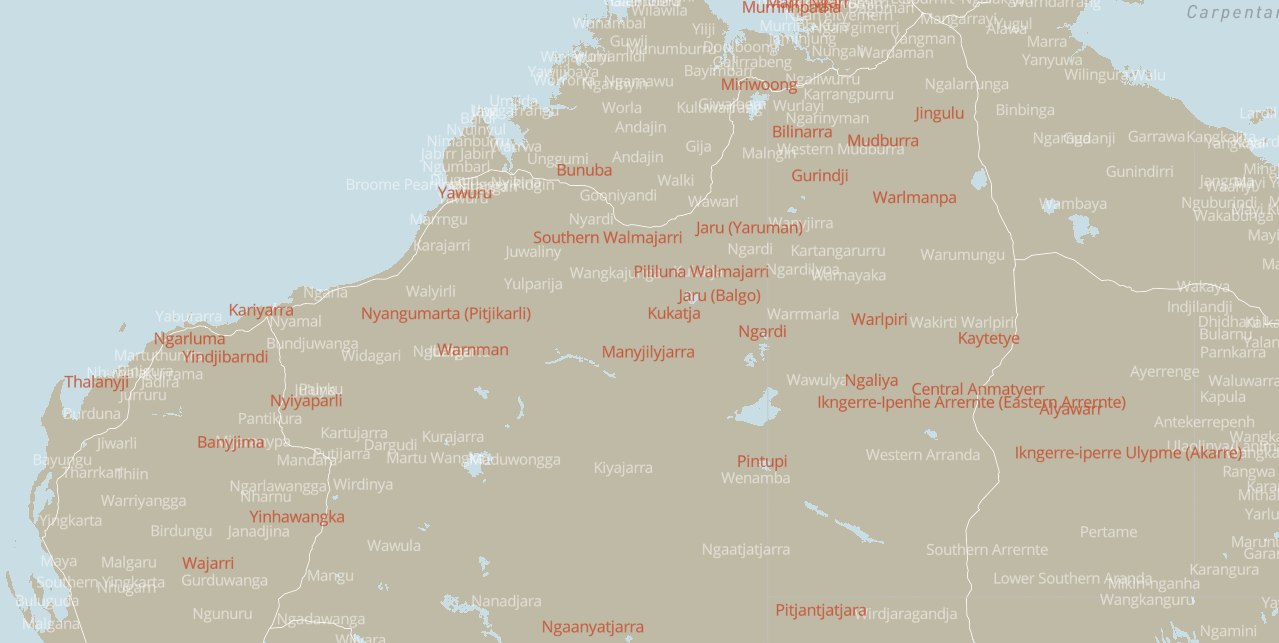
Working with Indigenous communities, researchers at the University of Melbourne have created a resource to help Australians connect with First Nations languages.
There are hundreds of Indigenous languages across Australia, but most people have heard only a tiny portion of them and of those languages many Australians would struggle to recognise a single word.
The 50 Words Project aims to provide 50 words in every Indigenous language of Australia, showcasing Australia's linguistic diversity and celebrating Indigenous languages that continue to be spoken every day, as well as those being revitalised by their communities.
Brought to life through an interactive online language map, words are presented along with recordings from speakers, each provided with community permission. Users can search the map by language or by a particular word.
Words for 'welcome', 'hello', 'goodbye', 'yes' and 'no' are included, as well as phrases like 'what is your name?' and words for family members, animals and the local environment.
The project is run by University of Melbourne's Research Unit for Indigenous Language (RUIL) that works with communities across Australia to support efforts to maintain linguistic and cultural heritage. It is led by linguists Professor Rachel Nordlinger and Associate Professor Nick Thieberger, with support from Dr Jill Vaughan and Allyra Murray.
Professor Nordlinger said that it is important to recognise Indigenous languages.
"It's easy sometimes for Australians to think of Indigenous languages as something of the past, but by having the audio, it brings them to life. It becomes real, which is why it is so moving to hear the voices," Professor Nordlinger said.
The project highlights the diversity of language across the continent.
Bangerang man Kobe Atkinson was among the first contributors to the project. He commented that, "To see Bangerang Language on an interactive map along with many other First Nations Languages highlights how unique and diverse we are and recognises the importance of maintaining and continuing all of Australia's First Nations Languages".
Associate Professor Nick Thieberger said: "Most people don't know there is more than one Indigenous language, each with thousands of words. Surprisingly, the sound systems used in Australian Indigenous languages are very similar across the country. Sometimes there are similarities in words spoken by people thousands of kilometres apart, but in other cases, neighbouring languages can have very different words for the same things."
The project is also serving as a tool for teachers to help create resources for classroom activities. The team have developed a project guide that includes entertaining learning activities and instructions for using the collection.
The project has reached a significant milestone with over 60 languages now available to listen to online and is calling for more submissions from communities across Australia to help get every Indigenous Australian language up on the map. To contribute, please contact the RUIL team: [email protected]






